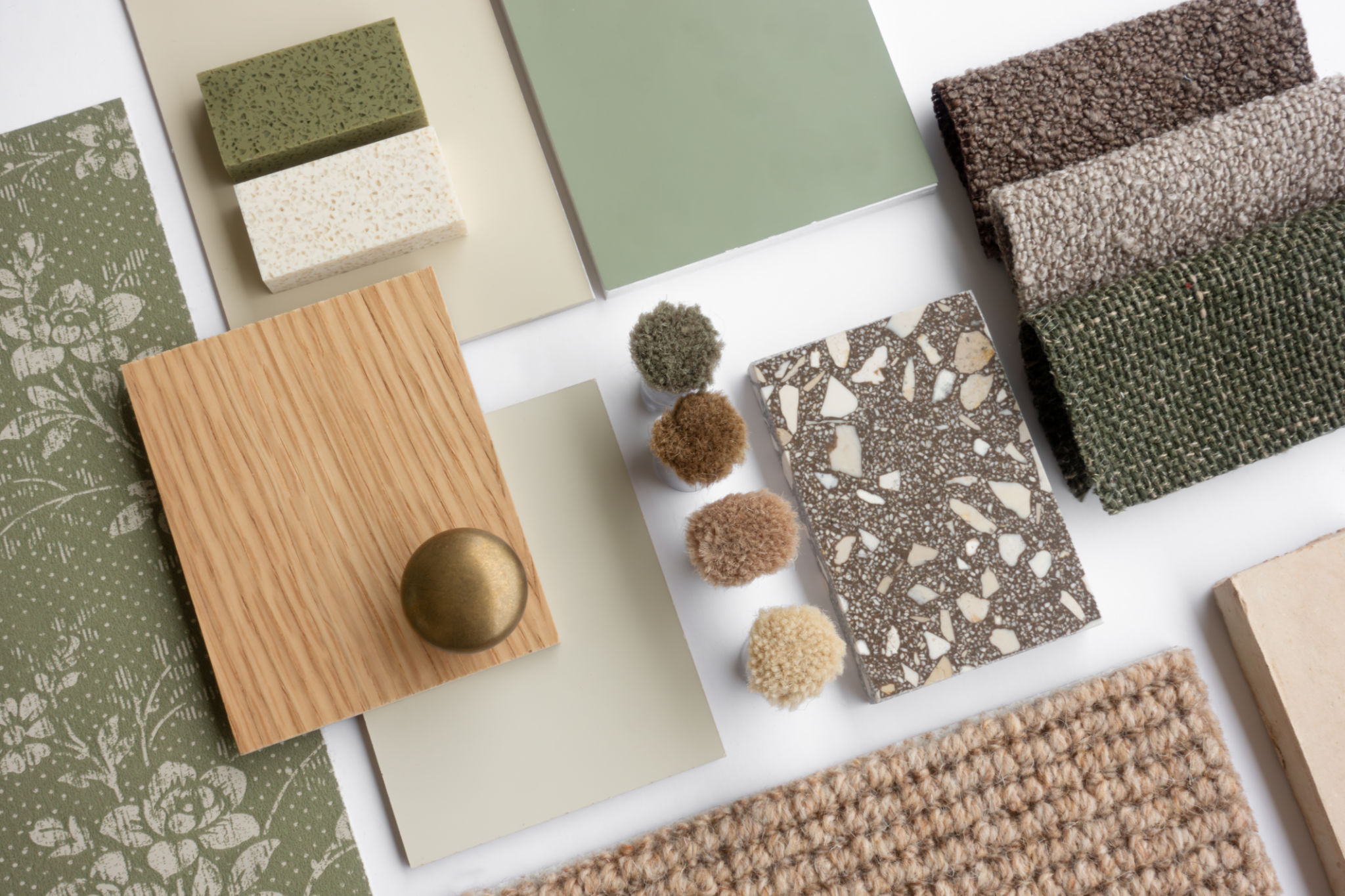Eco-Friendly Flooring Options: Why SPC is the Future of Sustainable Design
Introduction to Eco-Friendly Flooring
In recent years, the demand for eco-friendly building materials has surged as homeowners and designers alike seek ways to reduce environmental impact. Flooring, a significant element of any interior design, is no exception. Among the various options available, Stone Plastic Composite (SPC) flooring stands out as a promising solution for sustainable design.

Understanding SPC Flooring
SPC flooring is a type of luxury vinyl flooring that combines limestone powder, polyvinyl chloride, and stabilizers to create a highly durable and water-resistant core. This innovative composition not only makes SPC flooring robust but also environmentally friendly. The production process of SPC involves minimal use of natural resources compared to traditional flooring options like hardwood.
The unique structure of SPC flooring offers a range of benefits, including:
- Water Resistance: Ideal for areas prone to moisture, such as kitchens and bathrooms.
- Durability: Resistant to scratches and dents, making it suitable for high-traffic areas.
- Easy Installation: With a click-lock system, it can be installed without adhesives, reducing chemical exposure.
The Environmental Benefits of SPC
One of the most compelling reasons to choose SPC flooring is its environmental sustainability. Unlike traditional wood flooring, SPC does not require deforestation. This significantly reduces the carbon footprint associated with its production. Furthermore, many SPC products are made using recycled materials, contributing to a circular economy.

Additionally, SPC flooring is free from harmful substances like formaldehyde and phthalates, which are commonly found in other flooring options. This ensures better indoor air quality, promoting a healthier living environment for occupants.
SPC Flooring vs. Traditional Options
When comparing SPC to traditional flooring types such as hardwood or laminate, several advantages become apparent. While hardwood offers a classic aesthetic, its environmental cost is high due to deforestation and longer growth cycles for replacement trees. Laminate, on the other hand, often contains melamine resin made from formaldehyde, posing health risks.
SPC provides a balance of aesthetics and functionality without compromising ecological values. Its realistic designs mimic natural materials like wood and stone, providing a high-end look at a fraction of the environmental cost.

The Future of Sustainable Design with SPC
As sustainability becomes increasingly important in design and construction, SPC flooring represents a forward-thinking choice for eco-conscious consumers. Its innovative composition and environmental benefits position it as a leader in the transition towards greener building practices. Whether renovating or constructing new spaces, incorporating SPC flooring can contribute significantly to reducing environmental impact.
In conclusion, SPC flooring offers a combination of durability, aesthetic appeal, and environmental benefits that make it an ideal choice for modern sustainable design. As awareness grows and technology advances, we can expect to see an even greater adoption of SPC in homes and commercial spaces worldwide.
